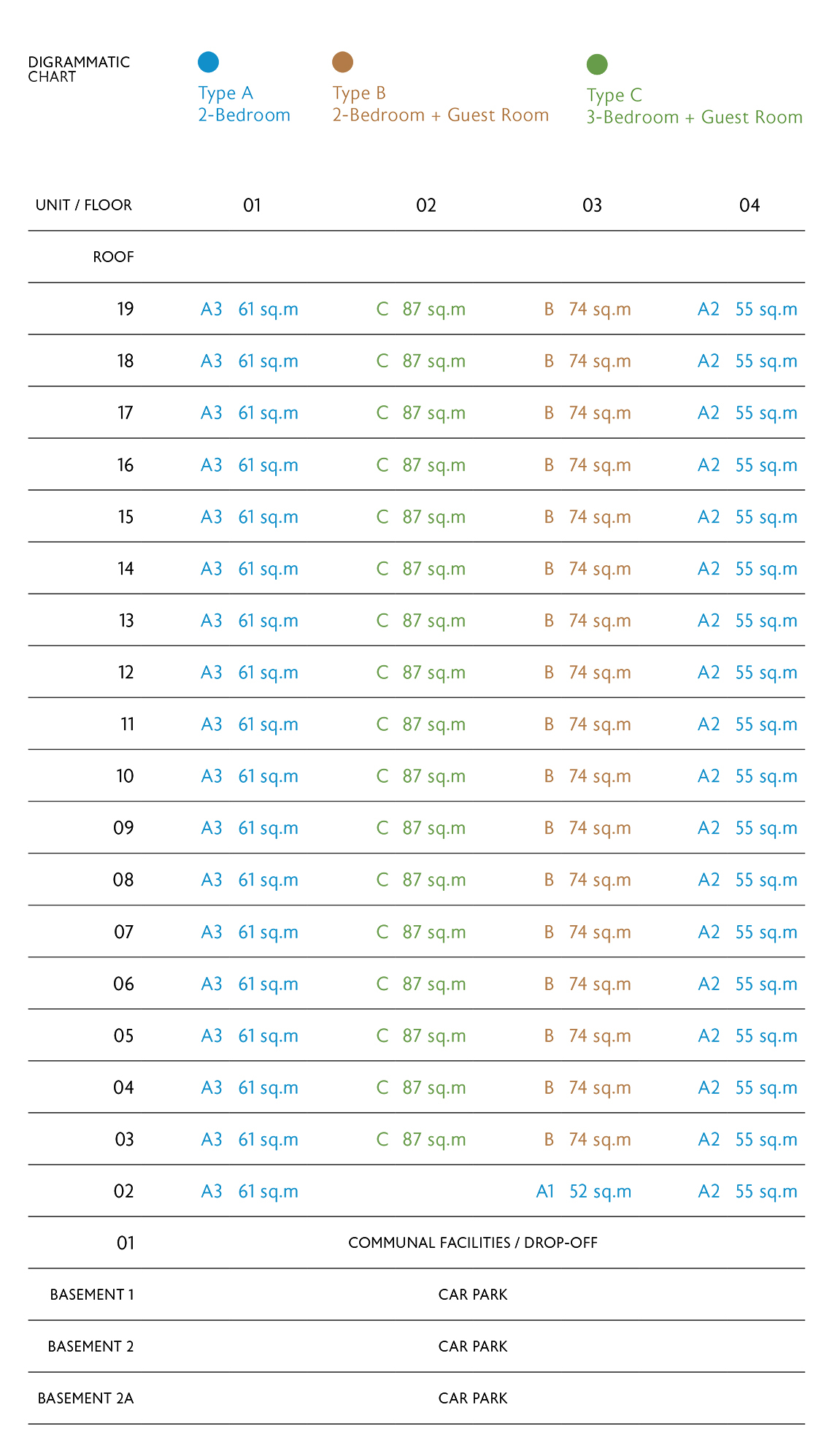
A property management LLC can be described as a limited-liability company. This legal structure provides a number of benefits to a business owner. These include asset security and pass-through income taxation. There are many kinds of LLCs. But they all aim to limit your liabilities.
An LLC allows your personal assets to be separated from the real-estate you manage. You will also be able to reduce the paperwork required. You will be protected against lawsuits by using an LLC to manage your rental property.
It's not as simple as you might think. To set up an LLC in your area, transfer your deed and open a bank account to support the LLC. Additionally, you'll need to pay a setup fee.

Once you have this done, you will be able to transfer any profits or losses that you make from your rental property into your LLC. This can be used to pay down a mortgage, or if you're making a large amount from your rental property. You will need to pay taxes on any income you earn from your property. A LLC is a good choice if you have multiple properties to manage.
Another benefit of forming an LLC is the ability to maintain your anonymity. A separate name for your business is a great way to make it difficult for tenants or other people to find you. Additionally, an LLC will be able to advertise your rental property to residential tenants.
In the case of a property management business, it's a good idea to establish a written operating agreement. These agreements detail the duties of each member of the LLC. These agreements should include information about cancellation and termination policies. The fees, responsibilities, and services of each member are all important to be covered in an agreement.
It's important to choose a suitable name in order to get the best out of your LLC. The name should not only be unique to the area but should also be easy for people to pronounce. If the LLC is made up of multiple members, it's a good idea for the owner to keep the exact address of the property secret.

While it might seem like an unnecessary expense you will be able to save both time and cash by creating an LLC. Instead of having to file many tax returns and pay thousands of bucks in corporate fees, you only have to file a handful and pay taxes for the profits.
When forming an LLC, make sure you know what you're doing. Research is key to any business. There are many different types of LLCs. Make sure you choose the one that suits you best. Consult a lawyer. Smart attorneys can help you to find loopholes and prevent any claims against your.
FAQ
Handyman services are more expensive than general contractors.
Yes! Yes! This is especially true in cases where you have never hired a contractor to do the work. Additionally, a handyman will speed up the job completion because they can complete certain tasks quicker and more efficiently.
Are there any requirements to be a handyman?
To become an independent contractor in most states, you don't need to have a license (as opposed with a salaried worker). You must still meet certain requirements.
-
At least 18 years of age
-
Have a high school diploma or GED.
-
You will need to complete a four week course at a vocational college.
-
Complete a background check through your state's Department of Licensing.
-
To register for an annual subscription, pay $20
Also, you will need to obtain a business license and workers' compensation insurance.
Are handymen insured?
Yes! Yes. Most insurance companies cover liability claims over $1 million for accident property damage or bodily harm. Your insurance company will usually compensate you for any damages that occur during the project.
Which is more difficult: being a contractor or a handyman.
A handyman does not require as much resources as contracting. You only need to have your tools. It is important that you are able to manage your workload and work schedule. Contractors often rely heavily on subcontractors.
What are the top handyman repairs you can do?
Handymen can repair damaged roofs or windows, doors and gutters. Handymen are available to help homeowners with home improvements and building projects. They can also assist with plumbing, painting, drywall, landscaping, concrete work as well as tiling and decking.
What is the average time it takes to complete a DIY project?
An average DIY project takes between two and four hours. The length of the project will vary based on its complexity and difficulty.
What should I choose: hourly or per-project?
It comes down to personal preference. Some prefer to pay per hour so they can see the actual cost of their handyman. Some prefer to pay for each project, even though they may be doing multiple jobs at once. Either way, it's fine.
Statistics
- More than 20% of homes in America have outdoor living spaces, including decks and patios. (mrhandyman.com)
- With a strong housing market, the handyman and general maintenance worker industry are expected to grow by nearly 10% in the next decade. (housecallpro.com)
- Mila keeps a commission of 20% for each completed service performed by Friends and charges various service fees regarding work done by Pros. (appjobs.com)
- An estimate was that in 2003, the market for home maintenance and repair spending was up 14% 2001 to 2003. (en.wikipedia.org)
- A franchise was approximately $110,000 with a franchise fee of $14,900, according to a spokesperson for a national handyman franchise. (en.wikipedia.org)
External Links
How To
How to Replace Broken Tiles
Step 1 - Take out the old tiles.
Removing the tiles from your flooring is a good idea. If you plan to use these tiles later, it is important that you keep them in good condition. You can note the parts that are missing or damaged so that you can find replacements.
Step 2 - Choose New Tiles
Here are some options for tile repair.
-
Locate a replacement tile that is the same as the one you just removed.
-
To find the right piece, take the measurements you took as you were removing the tiles. This allows you to easily find the perfect size without needing to measure again.
-
Consider looking for colors, patterns, textures and sizes in a variety of shapes and colors.
-
Consider the grout you want to use. Some people prefer a certain color, others like to mix it up.
-
Choose a tile that resists moisture.
-
Finally, consider the placement of your new tile -- you can save time and money by ensuring the area you're installing it in has enough space for proper installation.
-
Once you've chosen your tile, order it online or call your local Lowe's store to place your order.
Step 3: Install the tiles.
For your new tiles, use the same method that you used to install them. You must align them correctly to ensure they fit together.
Step 4 - Clean up
Before putting down the final layer of protective material, clean up all the debris from the floor.
This will keep dust and dirt from getting into the grout between tiles, which could lead to mold.
Step 5 - Sand Down the Floor
After everything has been cleaned, sand it down to remove any remaining particles from the previous steps.
Step 6 - Finish Off
Apply the protective coatings once the floor is smooth. Wait until the floor is completely smooth before applying the protective coatings to the tiles. Wet paint could stain the tiles' surface.
For stain protection, you can always use a product called "damp&dry" to clean your floors.
However, it will not cover all possible problems that may arise after you have installed your tiles. For example, if you have a lot of kids running around, you may want to consider using an anti-slip coating on top of the protective layer.
Finally, do not forget to keep the protective sealer on for several more weeks before you move back into your home.